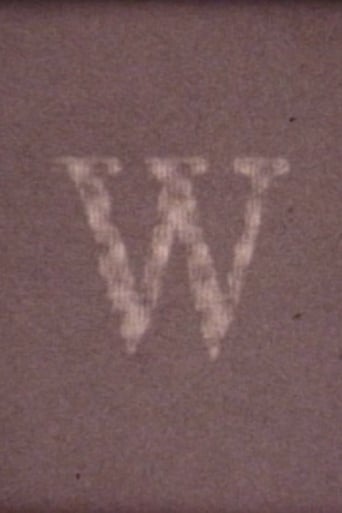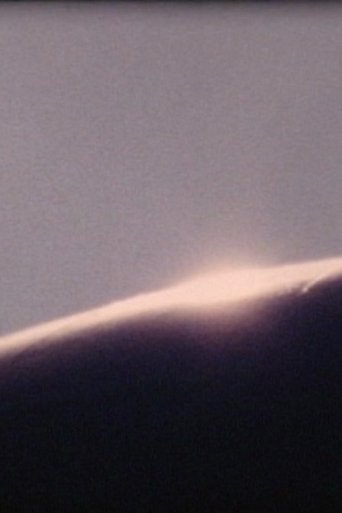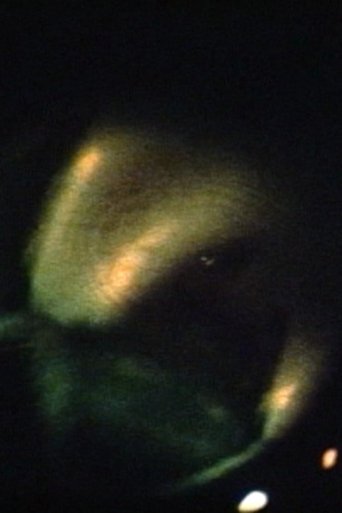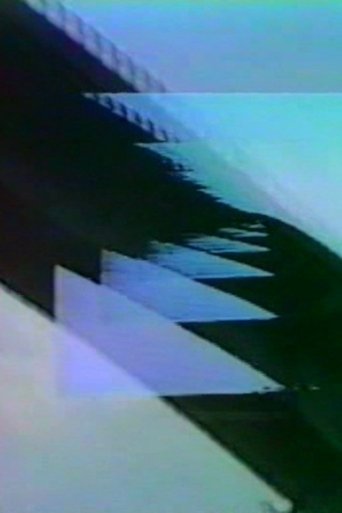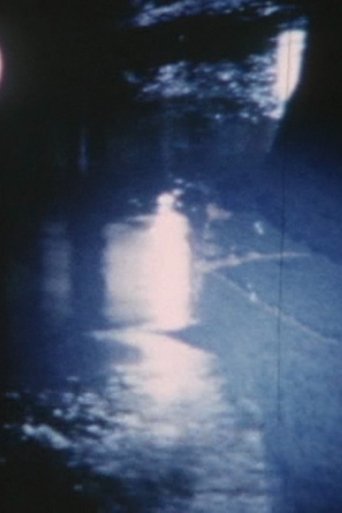W 1989
When we try to change the miscellaneous world that surrounds us into a truly simple form, what will we find? Working in mass media, Mukahira constantly sets various experimental challenges towards the film medium. This super 8 piece is one of his earlier works. Wrapping the living consciousness with gloves and tracing the things around us as triangular, lozenge, circular figures, the world turns out to be a very unexpected collection of inorganic symbols. If such is the case, would the person who is the so-called "symbol" of this country be coded indifferently as well?
